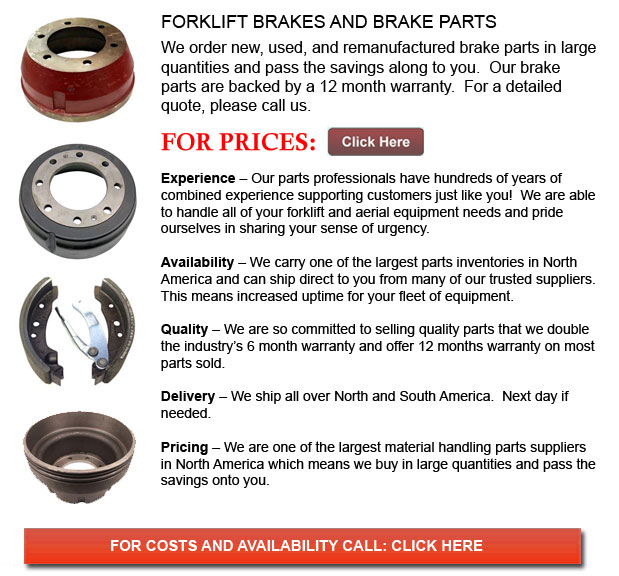
Forklift Brakes - A brake drum is in which the friction is provided by the brake shoes or brake pads. The shoes or pads press up against the rotating brake drum. There are a few various brake drums kinds together with particular specific differences. A "break drum" will generally refer to when either shoes or pads press onto the interior surface of the drum. A "clasp brake" is the term utilized to be able to describe when shoes press against the outside of the drum. Another type of brake, called a "band brake" makes use of a flexible band or belt to wrap all-around the outside of the drum. If the drum is pinched in between two shoes, it can be called a "pinch brake drum." Similar to a standard disc brake, these types of brakes are rather rare.
Old brake drums, before the year 1995, required to be constantly adjusted to be able to compensate for wear of the drum and shoe. "Low pedal" can cause the required adjustments are not carried out sufficiently. The motor vehicle could become hazardous and the brakes can become ineffective if low pedal is mixed with brake fade.
There are a variety of Self Adjusting Brake Systems offered, and they can be categorized within two main kinds, RAD and RAI. RAI systems have inbuilt devices which avoid the systems to recover whenever the brake is overheating. The most popular RAI manufacturers are Bosch, AP, Bendix and Lucas. The most well-known RAD systems include Ford recovery systems, Volkswagen, VAG, AP and Bendix.
Self adjusting brakes usually use a mechanism that engages just whenever the motor vehicle is being stopped from reverse motion. This stopping technique is acceptable for use where all wheels use brake drums. Most vehicles these days make use of disc brakes on the front wheels. By functioning only in reverse it is less likely that the brakes would be applied while hot and the brake drums are expanded. If adapted while hot, "dragging brakes" could happen, which raises fuel consumption and accelerates wear. A ratchet device which becomes engaged as the hand brake is set is one more way the self repositioning brakes could work. This means is just suitable in functions where rear brake drums are utilized. When the parking or emergency brake actuator lever goes over a certain amount of travel, the ratchet advances an adjuster screw and the brake shoes move in the direction of the drum.
Situated at the base of the drum sits the manual adjustment knob. It can be adjusted utilizing the hole on the other side of the wheel. You would have to go underneath the vehicle utilizing a flathead screwdriver. It is very vital to adjust every wheel equally and to move the click wheel properly since an uneven adjustment could pull the vehicle one side during heavy braking. The most efficient way to be able to guarantee this tedious job is done safely is to either lift each and every wheel off the ground and hand spin it while measuring how much force it takes and feeling if the shoes are dragging, or give every\each and every one the same amount of manual clicks and then perform a road test.
![]() Click to Download the pdf
Click to Download the pdf
Forklift Parts
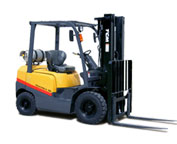

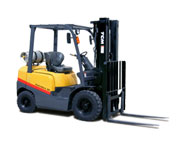

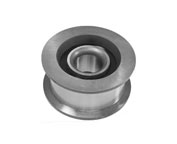
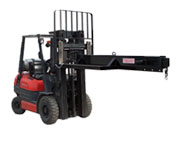
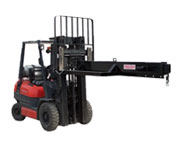

Lift Parts Express
TOLL FREE: 1-888-695-7994
LOCAL: 951-256-4534
160 W Foothill Pkwy 105-79
Corona, California
forkliftpartscorona.com
Email Us
About Us


